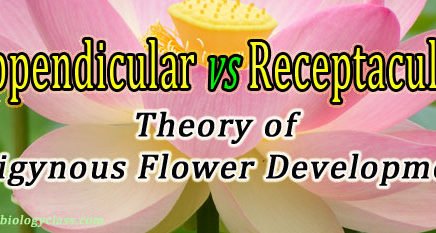
Receptacular vs Appendicular Theory of Inferior Ovary Development in Flowers
Based on the position of ovary there are three types of flowers- (1) Hypogynous, (2) Perigynous, and (3) Epigynous. (1). Hypogynous Flower: The most primitive […]

Based on the position of ovary there are three types of flowers- (1) Hypogynous, (2) Perigynous, and (3) Epigynous. (1). Hypogynous Flower: The most primitive […]

Sclerenchyma is a simple permanent tissue in plants. Sclerenchymatous cells are dead at their maturity. Cells do not have protoplast when they completely developed. They […]

Collenchyma is a simple permanent tissue in plants. They are living cells with prominent nucleus and all the cell organelles. Each collenchymatous cell is with […]
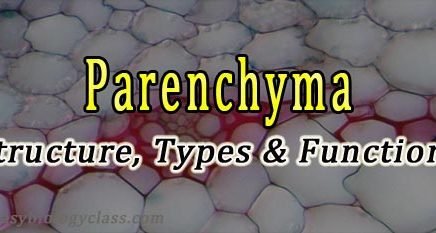
The tissue (a group of cells with particular function) composed of single type of cells. Three types of simple tissue system in plants, namely (1). Parenchyma, […]
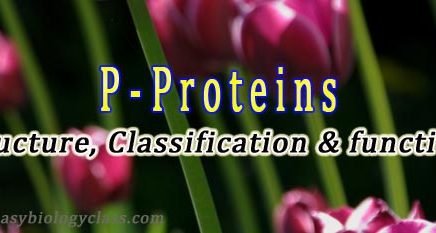
P Proteins (Phloem Proteins) are a category of proteins found in the sap of the sieve tubes of the phloem of Angiospermic plants. P-proteins were […]
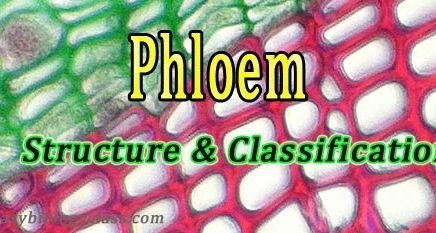
Phloem is a complex tissue system in plants. It is the food conducting tissue of vascular plants. Together with xylem, they form the vascular tissue […]
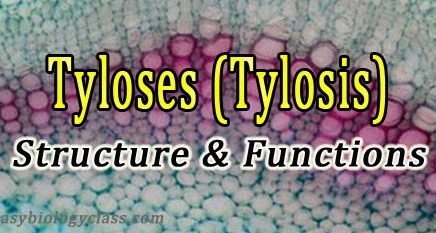
What are Tyloses? Tyloses (singular – tylosis) are the balloon like outgrowth of parenchymatous cells to the lumen of tracheids or vessels of the secondary […]
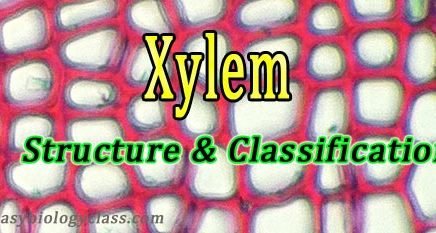
The tissue associated with conduction of water, minerals and food materials in plants are called vascular tissue. Plants with a well-developed conductive system are thus […]
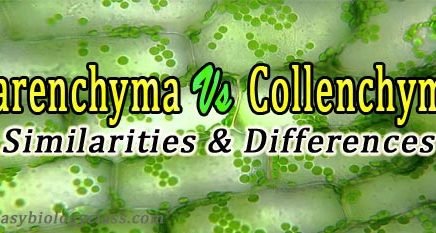
Parenchyma vs Collenchyma Parenchyma and Collenchyma are the Simple tissue System in Plants. The present post describes the similarities and differences between Parenchyma and Collenchyma […]